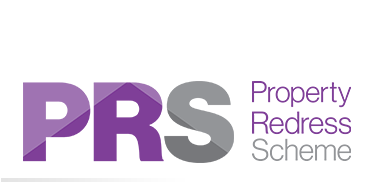Search hundreds of thousands of houses and flats for sale across the UK.
Thousands of landlords across the UK could be facing unexpected costs after new energy efficiency regulations set a 2028 deadline for rental properties to meet a minimum Energy Performance Certificate (EPC) rating of ‘C’.
The move is part of the government’s push to improve energy efficiency and reduce carbon emissions, but it poses a significant challenge for landlords, particularly those with older properties that require substantial upgrades.
What Does This Mean for Landlords?
Currently, rental properties must have an EPC rating of at least ‘E’ to be legally let out. However, under the new rules, from 2028, all new and existing tenancies must meet a minimum EPC rating of ‘C’.
This means landlords will need to invest in energy-efficient upgrades such as better insulation, modern heating systems, and improved glazing to bring their properties up to standard.
The potential costs involved could be thousands of pounds per property, depending on its current energy efficiency rating. Some properties may only require minor upgrades, while others—especially older buildings—could need extensive work.
Why Is This Change Happening?
The UK government is committed to reducing carbon emissions and making homes more energy-efficient. With the rental sector accounting for a significant portion of the country’s housing stock, improving EPC ratings is seen as a key step towards meeting net-zero targets.
While this is great news for the environment and tenants—who will benefit from lower energy bills—many landlords feel blindsided by the 2028 deadline and the financial burden it brings.
The Risks of Non-Compliance
Failing to meet the new EPC requirements could have serious consequences for landlords, including:
• Potential fines or legal restrictions on renting out properties that don’t meet the standard.
• Reduced demand from tenants looking for energy-efficient homes to cut down on rising energy costs.
• Decreased property value, as buyers and investors may be less willing to purchase properties requiring expensive upgrades.
How Can Landlords Prepare?
With the 2028 deadline just a few years away, landlords need to act now to avoid last-minute financial strain. Here are some key steps to take:
1. Get an EPC Assessment
If you’re unsure of your property’s current rating, arranging an EPC assessment will give you a clear idea of what improvements are needed.
2. Plan and Budget for Upgrades
Instead of waiting until the last moment, landlords should start budgeting for necessary improvements now. Small changes, such as improving insulation and switching to energy-efficient lighting, can make a big difference.
3. Look for Grants and Incentives
The government has previously introduced schemes like the Boiler Upgrade Scheme and Green Homes Grant to support landlords with energy efficiency upgrades. While some of these have expired, new incentives may be introduced to help meet the 2028 deadline.
4. Seek Professional Advice
Navigating new regulations can be challenging, but Switch Properties is here to help. Whether you need guidance on compliance, property management, or cost-effective upgrade solutions, our team can support you in future-proofing your rental portfolio.
Final Thoughts
The 2028 EPC ‘C’ deadline may feel like a long way off, but landlords who fail to act early could find themselves facing hefty costs, penalties, or even being unable to rent out their properties.
By taking proactive steps now, landlords can spread upgrade costs over time, increase property value, and attract tenants looking for energy-efficient homes.
For more advice on staying compliant with the latest property regulations, contact Switch Properties today.
